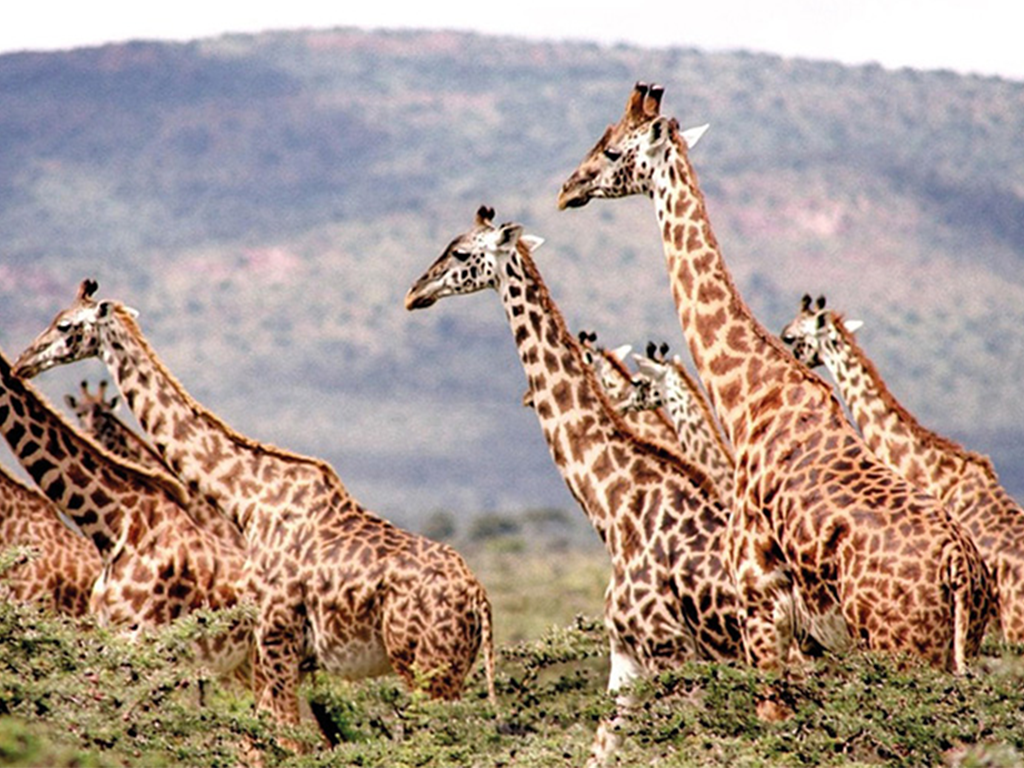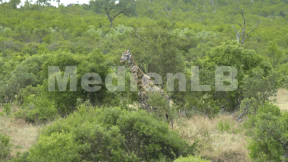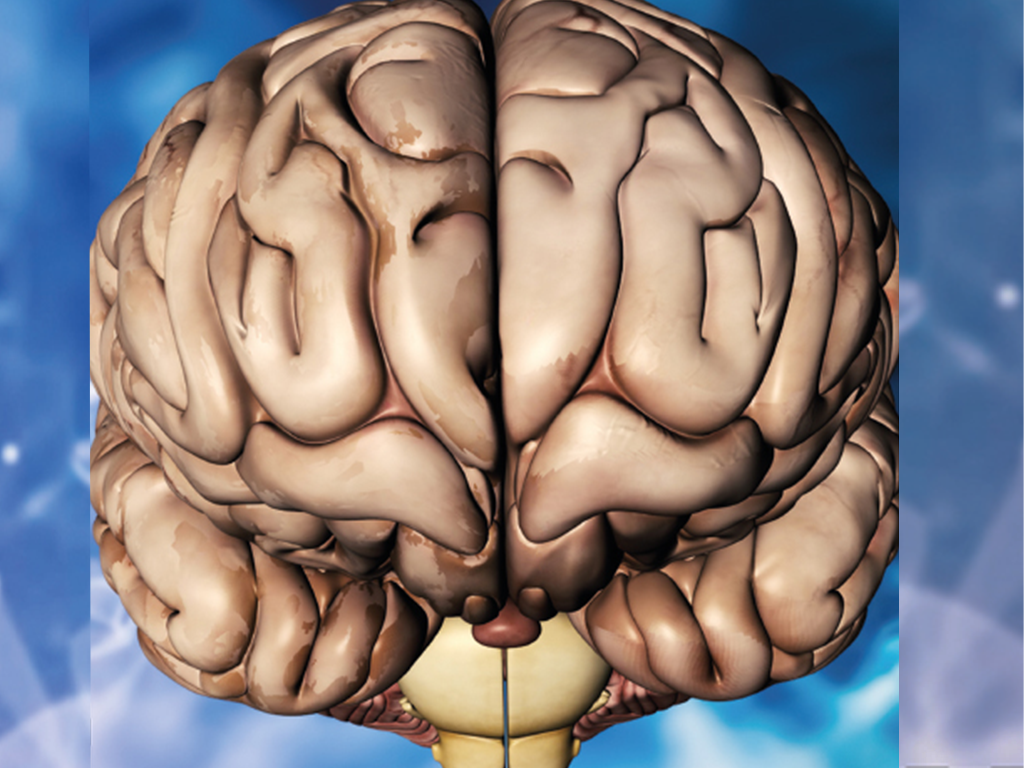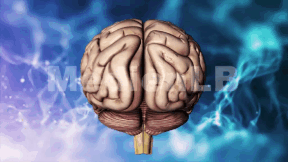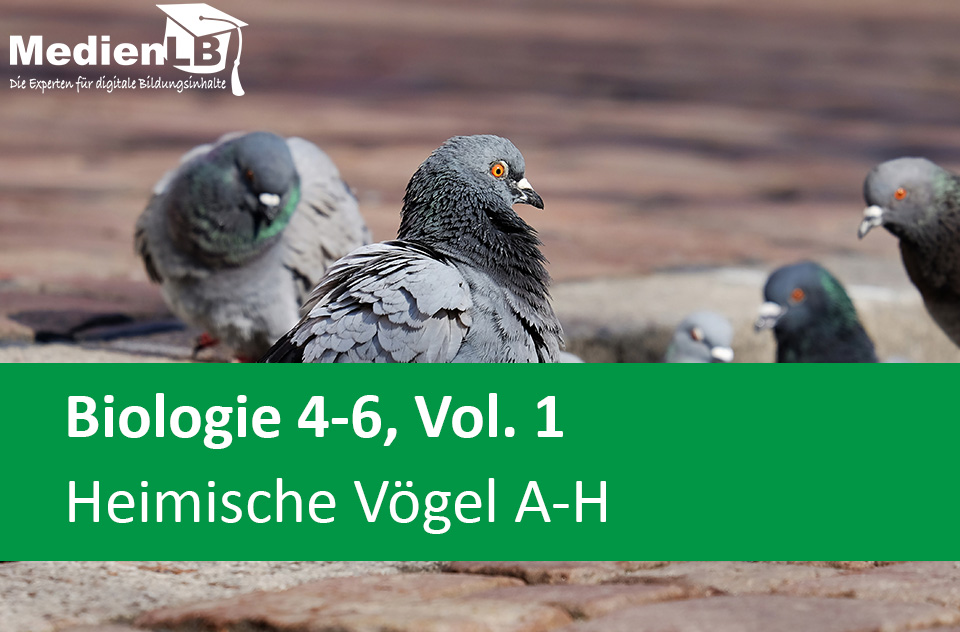
55501338
Heimische Vögel A-H
In unserem Arbeitsheft Biologie 4-6, Vol. 1, Artenvielfalt – Heimische Vögel A-H finden Sie 50 interaktive und didaktisch aufbereitete Aufgaben.
Das Medium bietet H5P-Aufgaben an, die ohne zusätzliche Software verwendbar sind. Das Medium enthält interaktive Videos und 50 H5P-Aufgaben zum Thema Heimische Vögel A-H.
Durch interaktive Aufgabentypen wird das audiovisuelle und interaktive Lernen einfach.
Lernen macht jetzt Spaß!
Included Tasks
- 1. Körperbau und Merkmale der Amsel - Video mit Aufgaben
- 2. Lebensraum und Nahrung der Amsel - Video mit Aufgaben
- 3. Fortpflanzung der Amsel - Video mit Aufgaben
- 4. Bachstelze (Motacilla alba) - Artenporträt
- 5. Bartmeise (Panurus biarmicus) - Artenporträt
- 6. Beutelmeise (Remiz pendulinus) - Artenporträt
- 7. Bienenfresser (Merops apiaster) - Artenporträt
- 8. Blaukehlchen (Luscinia svecica) - Artenporträt
- 9. Blaumeise (Cyanistes caeruleus) - Artenporträt
- 10. Buchfink (Fringilla coelebs) - Artenporträt
- 11. Buntspecht (Dendrocopos major) - Artenporträt
- 12. Dohle (Corvus monedula) - Artenporträt
- 13. Dreizehenspecht (Picoides tridactylus) - Artenporträt
- 14. Eichelhäher (Garrulus glandarius) - Artenporträt
- 15. Eisvogel (Alcedo atthis) - Artenporträt
- 16. Elster (Pica pica) - Artenporträt
- 17. Feldlerche (Alauda arvensis) - Artenporträt
- 18. Feldsperling (Passer montanus) - Artenporträt
- 19. Fichtenkreuzschnabel (Loxia curvirostra) - Artenporträt
- 20. Fitis (Phylloscopus trochilus) - Artenporträt
- 21. Gartenbaumläufer (Certhia brachydactyla) - Artenporträt
- 22. Gartengrasmücke (Sylvia borin) - Artenporträt
- 23. Gartenrotschwanz (Phoenicurus phoenicurus) - Artenporträt
- 24. Gimpel (Pyrrhula pyrrhula) - Artenporträt
- 25. Girlitz (Serinus serinus) - Artenporträt
- 26. Goldammer (Emberiza citrinella) - Artenporträt
- 27. Graureiher (Ardea cinerea) - Artenporträt
- 28. Grauschnäpper (Muscicapa striata) - Artenporträt
- 29. Grünfink (Chloris chloris) - Artenporträt
- 30. Grünspecht (Picus viridis) - Artenporträt
- 31. Haubenmeise (Lophophanes cristatus) - Artenporträt
- 32. Heckenbraunelle (Prunella modularis) - Artenporträt
- 33. Artenkunde einheimische Vogelarten (1) - Interaktive Aufgaben
- 34. Artenkunde einheimische Vogelarten (2) - Interaktive Aufgaben
- 35. Artenkunde einheimische Vogelarten (3) - Interaktive Aufgaben
- 36. Artenkunde einheimische Vogelarten (4) - Interaktive Aufgaben
- 37. Ordne zu! - 2 Vögel als Puzzle (1)
- 38. Ordne zu! - 2 Vögel als Puzzle (2)
- 39. Ordne zu! - 2 Vögel als Puzzle (3)
- 40. Ordne zu! - 2 Vögel als Puzzle (4)
- 41. Ordne die Namen den Vögeln zu! - Interaktive Aufgabe (1)
- 42. Ordne die Namen den Vögeln zu! - Interaktive Aufgabe (2)
- 43. Ordne die Namen den Vögeln zu! - Interaktive Aufgabe (3)
- 44. Ordne die Namen den Vögeln zu! - Interaktive Aufgabe (4)
- 45. 6 Vögel - Finde die Bildpaare (1)
- 46. 6 Vögel - Finde die Bildpaare (2)
- 47. Artenvielfalt - Vögel richtig zuordnen (1)
- 48. Artenvielfalt - Vögel richtig zuordnen (2)
- 49. Schnellraterunde - Vögel (1)
- 50. Schnellraterunde - Vögel (2)
Curriculum-centred and oriented towards educational standards
Matching
Giraffes
The giraffe is a superlative mammal. It is considered the largest land mammal, has a neck up to two meters long and the pattern of its fur is as unique as the fingerprint of a human.
Muscles
When we talk about muscles, we mostly think of those we can see. These are the arm, chest, abdominal and leg muscles.
Human Brain
Every organism, no matter whether it is an earthworm, a snail, a fish or a human being, takes in information from the environment through differently structured sensory organs. This was absorbed first by a diffusely organised nervous system, which, in the course of evolution, has been replaced by a hierarchically organised one. Eventually a controlling centre has developed that interconnects and coordinates the nerve impulses supplied by receptors, reacts appropriately and is called the brain. In more highly developed organisms a part of the body has developed into a head, in parallel to the development of the brain.




